Creating an accurate list of the oldest countries in the world is extremely difficult. Countries are often formed and reformed through centuries of shifting borders, cultures, and government structures. This makes it possible to justify multiple origin dates for many countries.
While it may not be realistic to come up with a definitive list of the oldest countries in the world, we can use a general approach to look at some of the most impressive ancient civilizations that have evolved into present-day nations.
Read on to learn more about the 20 oldest countries in the world, such as when they were formed and some of what their incredible histories have entailed.
Interactive Map with Oldest Countries in the World
List of Oldest Countries Ranked by Formation
| Rank | Country | Approximate Formation Date (BC/AD) |
|---|---|---|
| 1 | Egypt | 3150 BC |
| 2 | Iran (Persia) | 3200-2800 BC (Elamites); 550 BC (Persia) |
| 3 | Vietnam | 2879 BC (Au Lac); AD timeframe (Vietnamese State) |
| 4 | China | 2070 BC |
| 5 | Greece | 800 BC (Greek Civilization) |
| 6 | Japan | 660 BC |
| 7 | India | 322 BC |
| 8 | Armenia | 301 AD |
| 9 | San Marino | 301 AD |
| 10 | Ethiopia | 1st Century AD (Aksumite Empire) |
| 11 | Bulgaria | 681 AD |
| 12 | Morocco | 789 AD |
| 13 | France | 843 AD |
| 14 | Hungary | 895 AD |
| 15 | Denmark | 10th Century AD |
| 16 | Austria | 976 AD |
| 17 | England/United Kingdom | 927 AD |
| 18 | Portugal | 1139 AD |
| 19 | Thailand | 1238 AD |
| 20 | Oman | 1744 AD |
20. Oman
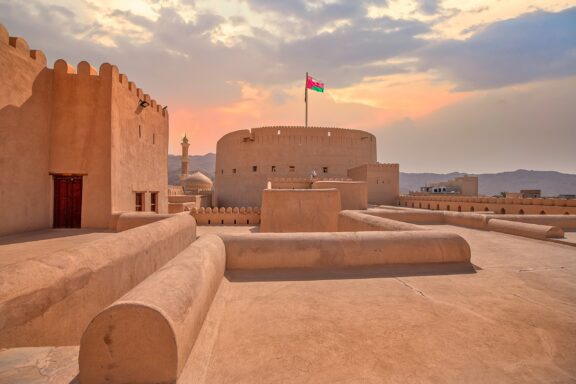
Approximate Formation Date: 1744 AD
Officially known as the Sultanate of Oman, this country can trace its history all the way back to the Stone Age. Oman is located on the southeastern coast of the Arabian Peninsula in Western Asia and is currently among the richest countries in Asia.
The modern state of Oman was established in 1744 AD under the Al Said Dynasty and occupies a strategic location at the mouth of the Persian Gulf, making it a vital part of the trade routes in the region. In the centuries preceding the Al Said Dynasty, there were several Persian and Portuguese invasions.
Today, Oman is known for its high-income economy, which is primarily driven by oil but also includes significant tourism and trade sectors. The country’s unique blend of traditional Arab culture and modern progress creates a distinctive identity in the region.
19. Thailand
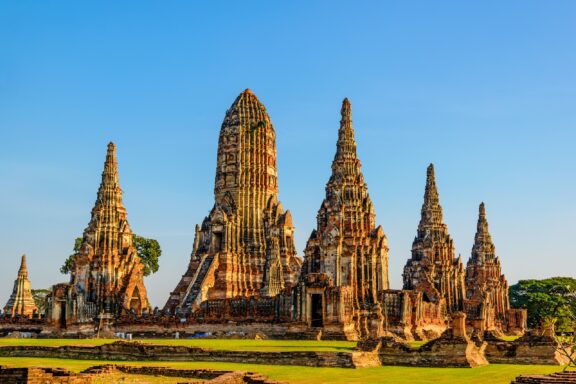
Approximate Formation Date: 1238 AD
Thailand, formerly known as Siam, is located in the heart of Southeast Asia. Its recorded history begins with the establishment of the Sukhothai Kingdom in 1238 AD. Over centuries, Thailand was shaped by influences from India, China, and neighboring Southeast Asian cultures, but it remained the only Southeast Asian country never colonized by a European power.
The past century has seen a transition from an absolute to a constitutional monarchy, punctuated by military coups and periods of democratic rule. Thailand today is a blend of traditional and modern influences, known for its significant Buddhist traditions, vibrant cuisine, and dynamic tourism industry.
18. Portugal
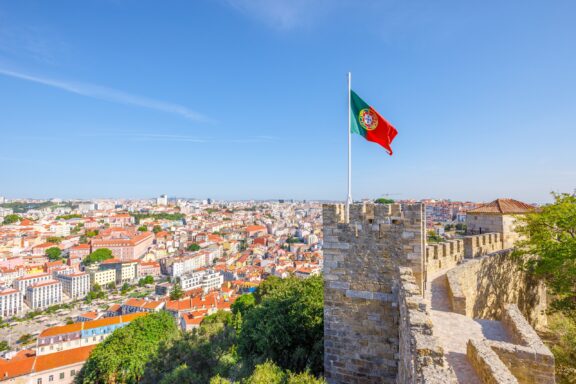
Approximate Formation Date: 1139 AD
Humans have been active in the area of modern-day Portugal since prehistoric times. Settled by the Celts and later incorporated into the Roman Empire, it was in 1139 AD that Portugal established itself as an independent kingdom under the rule of King Afonso Henriques.
In the 15th and 16th centuries, Portugal emerged as a leading maritime nation, pioneering the Age of Exploration and establishing a vast colonial empire, including Brazil in South America. This period marked the peak of Portuguese power and influence worldwide.
In 1974, the Carnation Revolution led to the establishment of a democratic government after a long period of authoritarian rule under António Salazar. Today, Portugal enjoys a high standard of living and is one of the most visited countries in the world.
17. England/United Kingdom
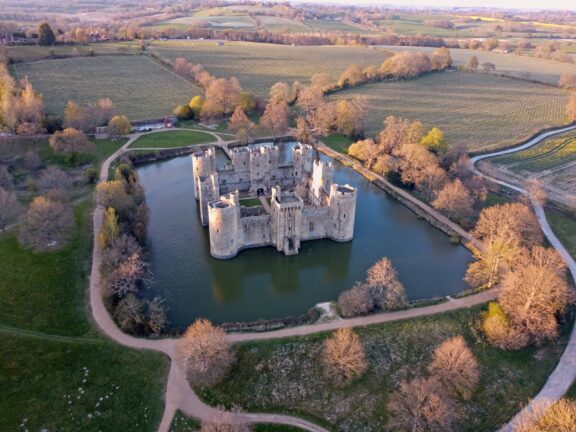
Approximate Formation Date: 927 AD
The United Kingdom, consisting of England, Scotland, Wales, and Northern Ireland, has a complex and rich history. England, its largest constituent nation, was settled in the 5th century AD by the Angles, Saxons, and Jutes, but the earliest evidence of human presence dates back to 500000 BC.
England was unified as a single nation in the 10th century under King Æthelstan and became a major player in global affairs through the Middle Ages and Renaissance. The United Kingdom was formed in 1707 with the union of England and Scotland, and Ireland was added in 1801.
In the centuries since, the UK has evolved into a modern parliamentary democracy and maintains a significant level of cultural, political, and economic influence worldwide.
16. Austria
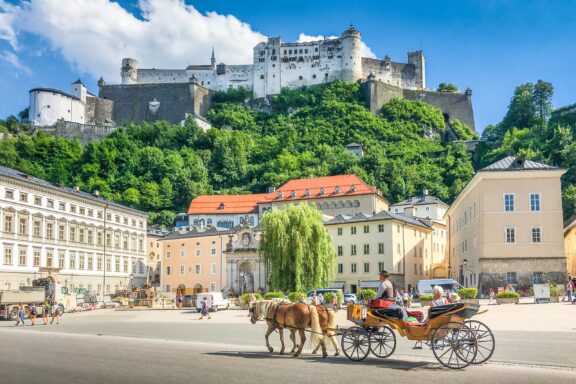
Approximate Formation Date: 976 AD
Austria is a landlocked county in Central Europe whose history as a nation starts with the establishment of the Margravate of Austria in 976 AD. The area had been populated by Celtic tribes before its incorporation into the Roman Empire and the subsequent invasions by Bavarians, Slavs, and Avars before Charlemagne conquered the region.
Austria became a central hub for European politics as the heart of the Habsburg Monarchy and later the Austro-Hungarian Empire. The Austrian capital, Vienna, became a symbol for European music and art, being home to masters like Mozart, Haydn, and Klimt.
Today, Austria is known as an international center for diplomacy and organizations, including being one of the host countries for the United Nations.
15. Denmark
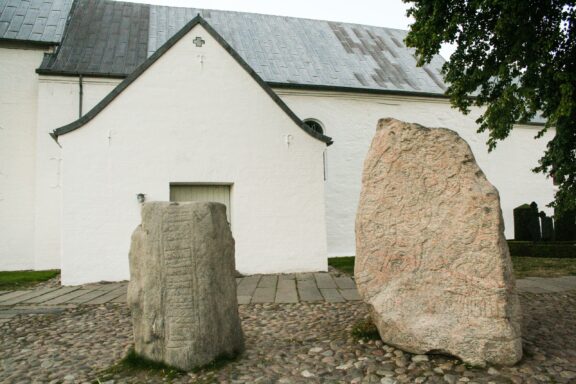
Approximate Formation Date: 10th Century AD
Denmark, situated in Northern Europe, is the southernmost of the Scandinavian nations. The Kingdom of Denmark is one of the world’s oldest monarchies, having emerged in the 10th century.
The Jelling Stones are a national Monument in Denmark erected by King Gorm the Old in 954 AD and are called “The Birth Certificate of the Danish Kingdom.”
The Viking Age is one of the most notorious periods in Danish history and lasted about 250 years, starting in 793 AD. The seafaring skills of the Vikings brought them across Europe and to the Faroe Islands and Greenland, which are both still part of the Kingdom of Denmark.
Denmark adopted a constitution in 1849, most recently amended in 1953, establishing a constitutional monarchy. The Danish Realm currently consists of Denmark, the Faroe Islands, and Greenland.
14. Hungary
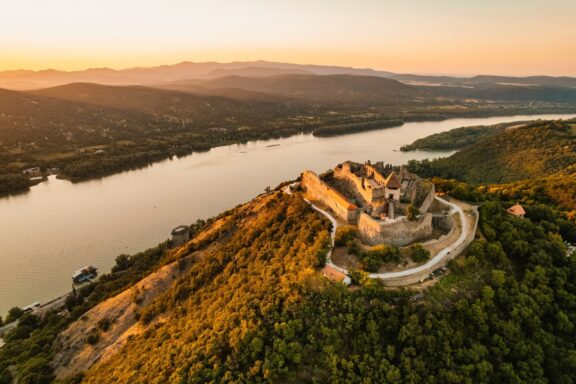
Approximate Formation Date: 895 AD
Located next to Austria, Hungary is another Central European nation that is among the oldest countries in the world. Although the Roman Empire conquered the area around 14 BC, the formation of the state dates back to the Principality of Hungary in 895 AD, led by the Grand Prince Árpád
The nation solidified under King Stephen I in 1000 AD, marking the start of the Christian Kingdom of Hungary. Over the next thousand years, Hungary would be included in the Ottoman and Habsburg empires and then the Soviet Union until 1989.
Today, Hungary is part of NATO and the EU. Its government is a democratic republic, and it’s known for its architectural heritage as well as its contributions to music and science.
13. France
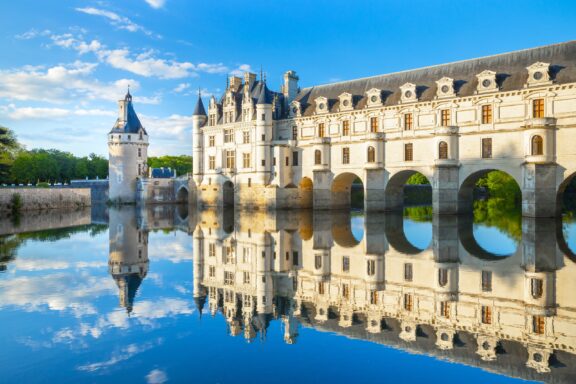
Approximate Formation Date: 843 AD
Human history in France, a Western European country between Spain and Germany, dates back to about 54,000 years ago. In fact, some of the earliest evidence of modern humans in Europe was found in the country.
The region was eventually settled by Celtic tribes known as Gauls before being conquered by the Roman Empire in 51 BC. The Middle Ages saw the growth of powerful French kingdoms, and the country reached its political and cultural peak during the 17th century under the rule of Louis XIV, the Sun King.
France would go through many political transformations over the next several hundred years, experiencing the French Revolution, the rise and fall of Napoleon Bonaparte, and both World Wars. Today, France is a global leader in many fields and is known for its cultural heritage, gastronomy, and fashion.
12. Morocco

Approximate Formation Date: 789 AD
Morocco’s location at the crossroads of Europe and Africa has played a central role in its vibrant, complex history. Humans have lived in the region for millennia, but historical records in the area begin with the Berber kingdoms established in the 3rd century BC, known as the Mauretanias.
The beginning of Moroccan statehood, however, was marked by the foundation of the Idrisid Dynasty by Idris ibn Abdallah in 789 AD. After a series of successive dynasties, such as the Almoravids and the Almohads, Morocco underwent French and Spanish colonial rule before regaining independence in 1956.
Morocco is now known as one of the richest and safest countries in Africa. Morocco is also a popular tourist destination with many interesting experiences available to visitors.
11. Bulgaria
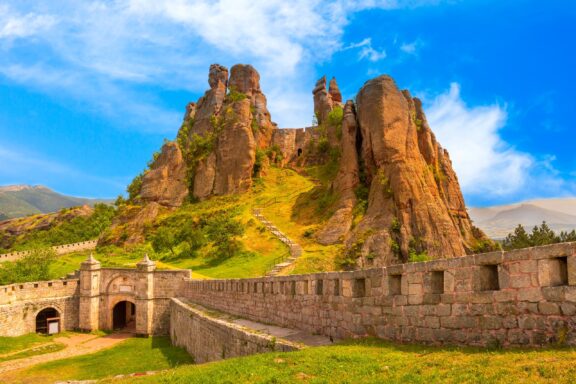
Approximate Formation Date: 681 AD
Bulgaria is located in Southeastern Europe and has a history steeped in ancient traditions and diverse cultural influences. The first Bulgarian Empire was established in 681 AD, making it one of the oldest countries in the world.
The unique cultural and political landscape of Bulgaria stems from its periods of Byzantine, Ottoman, and Soviet influence as well as its early adoption of Slavic Orthodox Christianity. The end of the Cold War heralded democratic reforms and Bulgaria’s integration into international organizations like NATO and the EU.
Today, Bulgaria is known for its rich heritage, UNESCO World Heritage sites, and its traditional music, dance, and crafts. It is also part of the Balkans.
10. Ethiopia
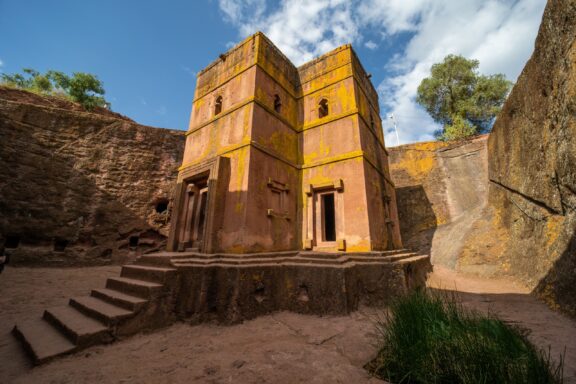
Approximate Formation Date: 1st Century AD
Perhaps it’s no surprise that Ethiopia is among the oldest countries in the world. After all, some of the earliest evidence of humans was found within its territory. The country is located in the Horn of Africa, which has held geopolitical significance since antiquity.
The Aksumite Empire, established in the 1st century AD, was an early adopter of Christianity and a major trading empire until the 7th century AD. During the reign of this empire, around the 4th century AD, is when the name “Ethiopia” came into prominence.
Some of the dynasties to follow were the Zagwe dynasty, known for the rock-hewn churches of Lalibela, and the Solomonic dynasty, claiming descent from the biblical King Solomon. Except for an occupation that lasted for five years by Mussolini’s Italy, Ethiopia has never been colonized.
The late 20th century was marked by civil war and the transition from a monarchy to a socialist state, and eventually to a federal republic. Today, Ethiopia is home to some of the most beautiful cities in Africa and is the continent’s second-most populous country.
9. San Marino
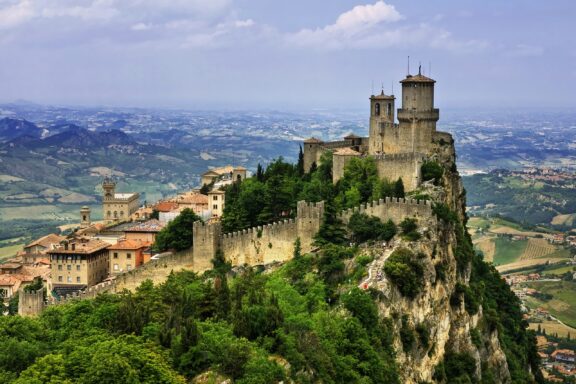
Approximate Formation Date: 301 AD
It may be one of the world’s smallest countries, but San Marino holds a mighty claim: it’s said to be one of the world’s oldest republics as well as the only surviving Italian city-state.
Nestled in the mountains of northeastern Italy, San Marino’s history dates back to the 4th century AD when, according to tradition, a Christian stonemason named Marinus built a church on Mount Titano. He founded a small community of followers which eventually grew into the city-state of San Marino on September 3, 301 AD.
San Marino today is a parliamentary republic with a unique political system that annually elects two Captains Regent. It’s known for its rich history, medieval architecture, and picturesque landscapes.
8. Armenia
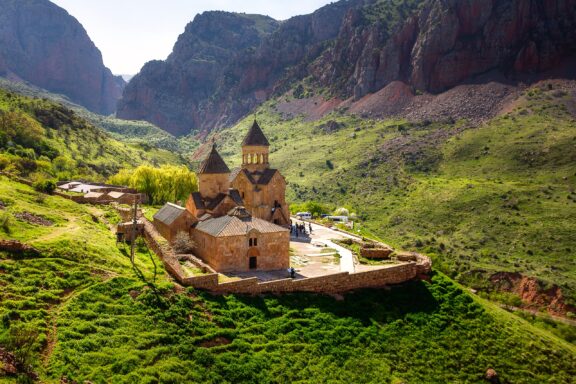
Approximate Formation Date: 301 AD
Armenia is one of the oldest countries in the world and is even where the world’s oldest leather shoe was discovered. Armenia was also the first state to adopt Christianity as its official region, even before the Romans, in 301 AD.
Located in the South Caucasus region of Eurasia, the region of present-day Armenia was subject to rule by various empires, such as the Romans, Persians, Byzantines, Mongols, and Ottomans, interspersed with periods of independence.
The historical roots of the Armenian people and culture stretch back many centuries before the adoption of Christianity in 301 AD, but this was an important event that would shape the country’s culture and politics as well as lead to the creation of the Armenian alphabet.
7. India
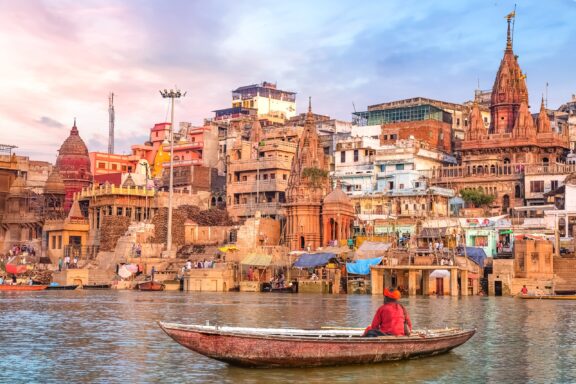
Approximate Formation Date: 322 BC
There are few countries with a history as ancient and rich as India. One of the world’s oldest urban civilizations, the Indus Valley Civilization, flourished here in 2500 BC. The modern political entity of India, however, can be traced back to 332 BC with the establishment of the Maurya Empire by Chandragupta Maurya.
This empire saw the rule of Ashoka the Great, who converted to Buddhism and spread the religion across Asia. India was subsequently ruled by a succession of powerful dynasties and empires, including the Mughal Empire, which ushered in a period of artistic and architectural grandeur.
In the 17th century, European powers arrived, and by the mid-19th century, the British Empire had assumed political control. The struggle for independence from British rule resulted in the formation of the independent nation of India in 1947 with New Delhi as its capital.
Today, India is the world’s largest democracy and is known for its diverse cultures, languages, religions, and traditions.
6. Japan
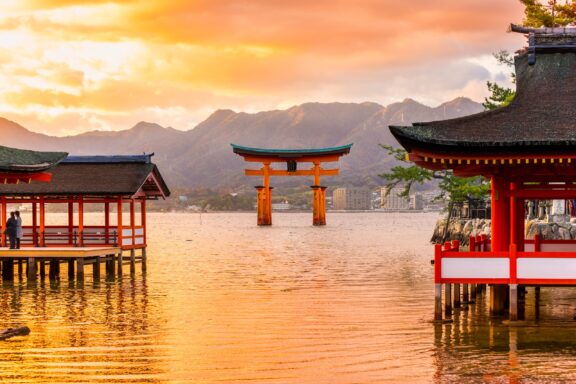
Approximate Formation Date: 660 BC
Japan’s history traditionally dates back to the mythical Emperor Jimmu, credited with founding a kingdom in central Japan in 660 BC. The first evidence of civilizations from the Yayoi period can be traced back to around 300 BC, and humans have lived in the archipelago for tens of thousands of years.
The Nara period (710-794 AD) saw the introduction of Buddhism, which greatly influenced Japanese culture, and the subsequent Heian period (794-1185 AD) was a time of cultural blossoming and the birth of classical Japanese literature.
The Edo period was a prolonged period of peace that also isolated Japan from the outside world and lasted until 1868. Japan was then opened to Western influences, which led to rapid industrialization and modernization. Japan today balances its rich cultural heritage with its status as a modern, technologically advanced nation.
5. Greece
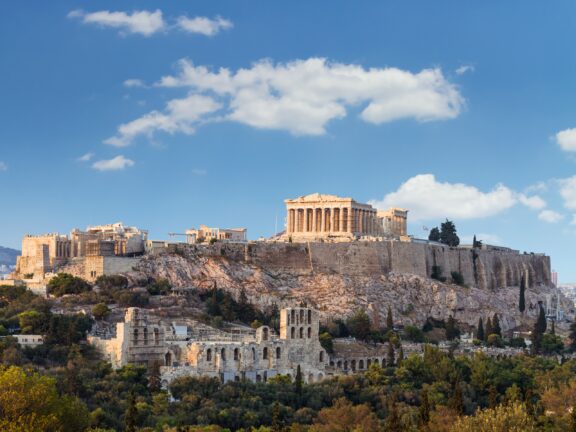
Approximate Formation Date: 800 BC
Undoubtedly one of the oldest countries in the world, Greece is able to make some pretty lofty claims: it’s considered the cradle of Western civilization and the birthplace of democracy, Western philosophy and literature, political science, and several major scientific and mathematical principles.
The ancient Minoan and Mycenaean civilizations were among the first to exist in modern-day Greece around 2000-1200 BC. By the 8th century BC, the Greek Dark Ages gave way to the Classical period, a golden era of art, philosophy, and politics in city-states like Athens and Sparta.
The modern Greek state emerged in 1830 after a war of independence against the Ottomans. Today, Greece is a popular destination among tourists, and its capital city is one of the oldest in the world.
4. China
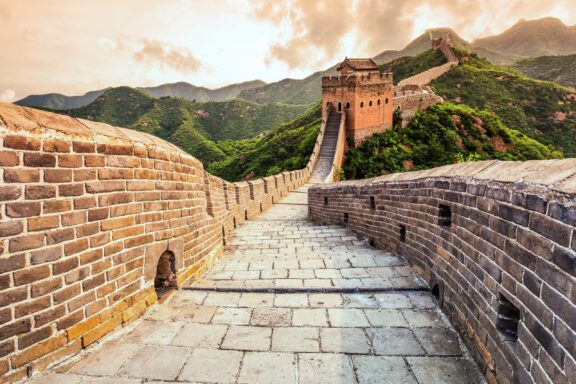
Approximate Formation Date: 2070 BC
China, located in East Asia, boasts one of the longest and most intricate histories of any country in the world. Traditionally, the first Chinese dynasty was the Xia, which is said to have started around 2070 BC. It was filled by the Shang and Zhou dynasties.
The Qin Dynasty of 221-206 BC was the first to unify the warring states, with its first emperor, Qin Shi Huang, also known for the Terracotta Army. The Han Dynasty that followed marked a golden age of cultural and technological advancements.
China’s last dynasty, the Qing, ended in 1911, making way for the Republic and, what would become the People’s Republic of China in 1949. Modern China is a global powerhouse, known both for its ancient traditions and its modern innovations.
3. Vietnam
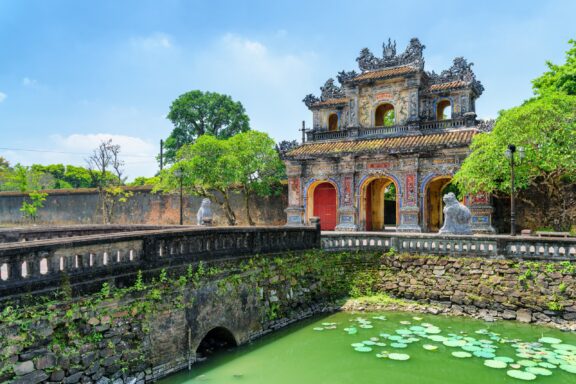
Approximate Formation Date: 2879 BC
According to Vietnamese legends, the dynasty of the Hung kings was first established in 2879 BC, and this was considered the first state in the history of Vietnam. Whether this is an accurate date for the formation of what has become Vietnam is up for debate, but the fact that Vietnam is one of the oldest countries in the world is not.
Through a long period of Chinese rule from 111 BC to 938 AD, and French colonial rule that lasted from the mid-19th century until 1945, Vietnamese identity has remained intact.
In modern history, the country withstood decades of war against the French and then the Americans, eventually reunifying in 1975 under a communist government.
2. Iran (Persia)
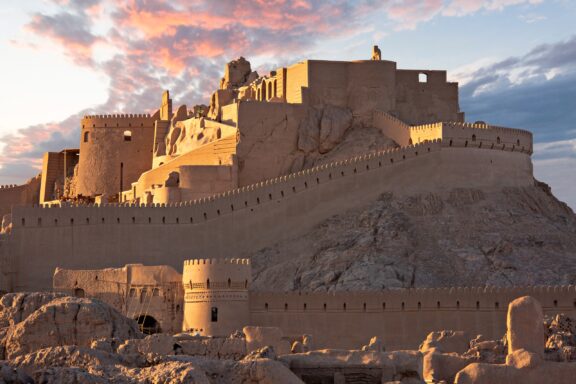
Approximate Formation Date: 3200-2800 BC (Elamites); 550 BC (Persia)
Iran is located in Western Asia and has a deep historical and cultural legacy. Historically known as Persia, the country’s history can be said to start with the ancient Elamites as far back as 3200 BC or the Achaemenid Empire established by Cyrus the Great in 550 BC.
Successive empires included the Seleucid, Parthian, and Sasanian, each of which made significant contributions to the cultural identity of Iran The Sasanians were responsible for defining much of Persian culture until the Arab-Muslim conquest in the 7th century AD.
In more recent history, Iran has seen the modernization efforts of the Pahlavi dynasty as well as the 1979 Islamic Revolution, which established the current Islamic republic, and protests starting in 2022.
1. Egypt
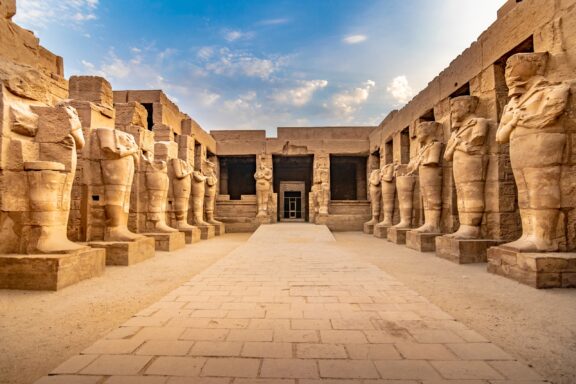
Approximate Formation Date: 3150 BC
Located in the northeastern corner of Africa, Egypt was home to the world’s longest-standing civilization and has a legacy that has helped to shape human history. The unification of Upper and Lower Egypt around 3150 BC by King Menes marked the beginning of dynastic Egypt.
This period of Egypt’s history saw the construction of monuments like the Pyramids of Giza and the Valley of the Kings. Egypt would later be ruled by the Persians, Greeks, Romans, Byzantines, and Arabs, who introduced Islam.
Modern Egypt came about in the 19th and 20th centuries with the help of Muhammad Ali Pasha’s Rule until 1848, the 1919 and 1952 revolutions, and the Tahrir Square protests of 2011 that ended the rule of Hosni Mubarak.
Image Sources and Copyright Information
- Sunset at Nizwa Fort in Oman with National Flag Fluttering: © Jahidul-hasan/Shutterstock
- Sunset Glow on the Ancient Wat Chaiwatthanaram Temple Ruins in Ayutthaya, Thailand: © Hamdan Yoshida/Shutterstock
- Aerial View of Lisbon Cityscape with Portuguese Flag: © Benny Marty/Shutterstock
- Aerial View of Bodiam Castle Surrounded by a Moat in the English Countryside: © Roberto La Rosa/Shutterstock
- Panoramic View of Historic Salzburg City with Hohensalzburg Fortress and Horse-Drawn Carriage: © canadastock/Shutterstock
- Runic Stones in Front of a White Church in Jelling, Denmark: © auralaura/Shutterstock
- Sunset Over Visegrád Castle with Panoramic View of the Danube River in Hungary: © zedspider/shutterstock
- Château de Chenonceau Reflecting on the River Cher in France: © proslgn/Shutterstock
- Sunset at Koutoubia Mosque with Flying Birds in Marrakech, Morocco: © Migel/Shutterstock
- Belogradchik Fortress Amidst Majestic Cliff Rocks Under a Blue Sky: © Nataliya Nazarova/Shutterstock
- Rock-Hewn Church of Saint George in Lalibela, Ethiopia: © evenfh/Shutterstock
- Rocca della Guaita: The Ancient Fortress Overlooking the Scenic Landscape of San Marino: © Vlas Telino studio/Shutterstock
- Medieval Monastery of Noravank Surrounded by Lush Greenery and Reddish Rocky Cliffs in Armenia: © Mike Ilchenko/Shutterstock
- Sunset Over the Ancient Ghats of Varanasi, India, with a Boatman on the Ganges River: © Roop_Dey/Shutterstock
- Sunset at Itsukushima Shrine with the Iconic Floating Torii Gate in Miyajima, Japan: © Luciano Mortula - LGM/Shutterstock
- View of the Parthenon Temple on the Athenian Acropolis, Greece: © Lambros Kazan/Shutterstock
- Sunset Over the Great Wall of China Winding Through Mountainous Landscape: © zhu difeng/Shutterstock
- East Gate (Hien Nhon Gate) of the Imperial City with Moat and Lotus Flowers in Hue, Vietnam: © Efired/Shutterstock
- Dusk at the Historic Arg-e Bam Citadel in Kerman Province, Iran: © MehmetO/Shutterstock
- Pathway Flanked by Ancient Pharaoh Statues at Karnak Temple in Egypt: © Bist/Shutterstock